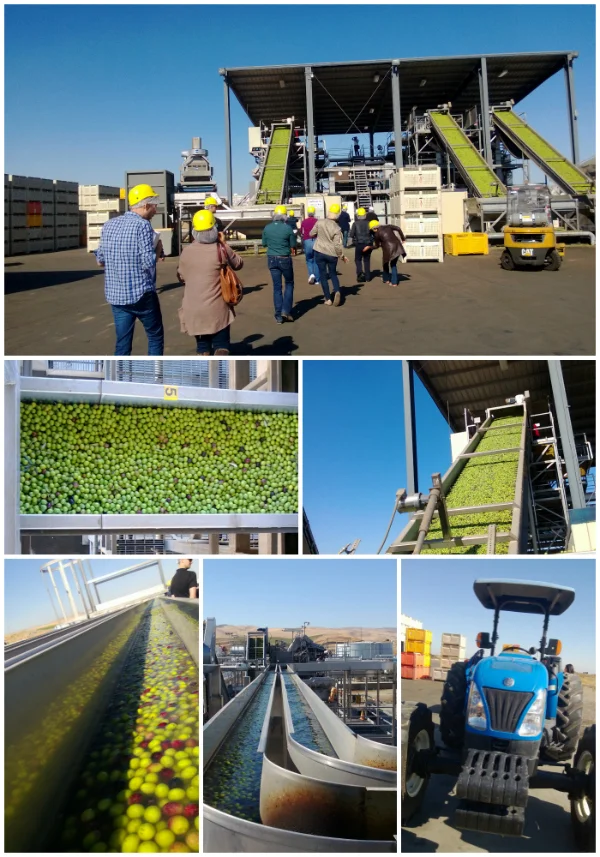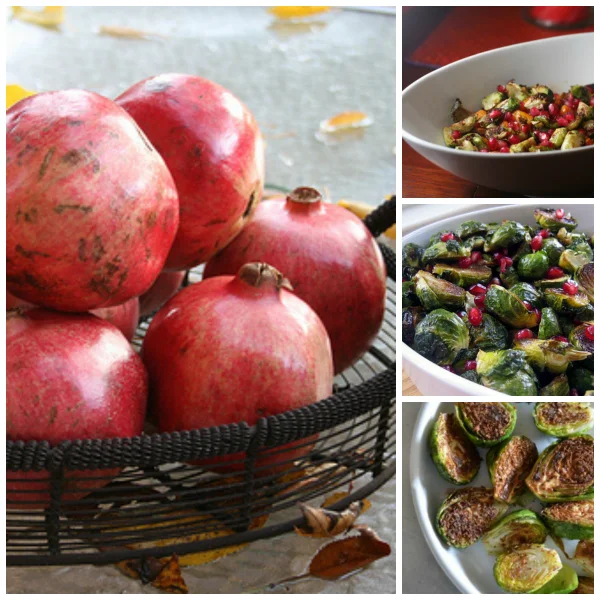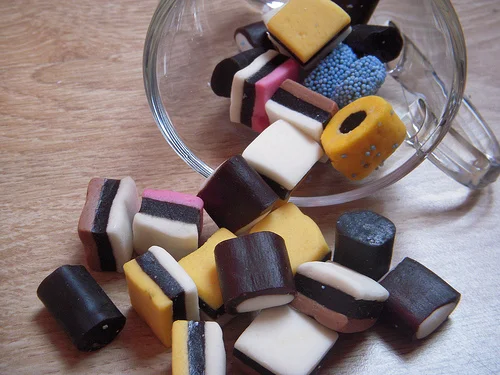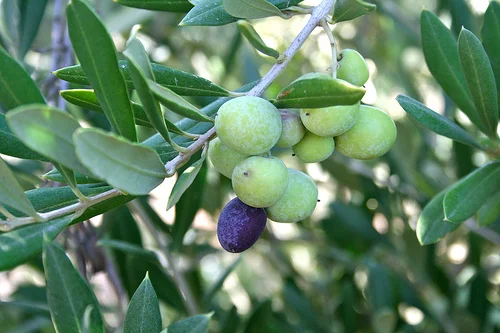California Ripe Olives Tour
On a recent California Ripe Olive Tour, I enjoyed a whirlwind 2 days of meeting farmers and visiting olive orchards, snapping pics at [olive] plants and eating chef-inspired, olive-themed meals. We not only took in sites and bites, we filled our brain to the brim with olive facts and figures, took note of olive pairings and stood in line for blue-cheese stuffed black olive martinis.
On any farm tour or food press trip, there are key points and highlights (check out ALL the photos).
A group of media writers, bloggers, and nutritionists landed on a Wed afternoon, where we were shuttled to a memorable dinner at School House Restaurant and Tavern. When my son texted me mid-meal asking about my trip, my return text said: ‘amazing menu in random tucked away city.’ This speaks volumes. First, as a trained chef I am a tad snobby and rarely deal full accolades. Second, I mean no disrespect by ‘random city.’ Coming from Seattle we are rather spoiled with divine cuisine from a line-up of talented chefs. But even high expectations [in the city] doesn't always yield a memorable meal. In this case, our olive-studded menu from drink to dessert was divine, memorable and worth the drive.
Beyond those memorable bites of fig olive tapenade quenelles on fresh goat cheese, the most moist olive cake I have ever laid my tongue on, and an olive blue cheese compound butter that gave my grass-fed beef the topping it deserved…
… we visited the two plants that process nearly all those green and black table olives you are familiar with. California processes 95% of all the table olives you enjoy – the olives come from 1000+ farms that range in size from 5 – 1000 acres.
As a food snob I normally skip over table olives and scoop bulk European olives from the olive bar. Sometimes being snobby means you buy brands based on perception instead of understanding. What I came to appreciate is that these olives – gorgeous on the tree – are cured and processed in a fashion similar to my home [pressure] canning but on a grander scale. In fact they aren’t inundated with chemicals or over-processed to death. They are picked often by hand, cured for 7 days, pitted and ‘canned’. They are briny, healthy, salty and quite lovely. (A recent and now regular substitute for my salty chip and popcorn cravings).
Which for better or worse, makes me want to bring back my grandmother’s relish tray. Did you stick olives on your fingertips too? Her fancy, segmented glass tray was full of gherkins and pickled beets, carrots and large black olives, marinated mushrooms and deviled eggs. These might seem like ‘crack the can and fill the plate’ but in fact most are simply processed for preservation, are quintessentially healthy and b/c they are preserved - are readily available anytime of the year. These marinated, fermented, hard-boiled treats were as holiday-tray-worthy then as they are today.
At a recent holiday gathering I cracked my own 'jars' of pickled beets and baby dills, deviled some of my urban farm eggs and bought a few cans of cured California Ripe Olives. And yes: my nieces and nephews made their olives-on-the-fingertips memories too.
A special call-out for olives from Musco Family Olive Co. - they are dedicated to a closed-loop water recycling program, are pushing for a zero waste program (no landfill), clean burning biomass plant (olive plants often burn the pits) and more. If you know me, you know I love picking and choosing the farmers and companies to support - I can get behind their priority and drive for sustainability and responsible processing. Brands include: Pearl Olives, Early California Olives.
*this trip was sponsored/paid for by California Ripe Olives Commission - but photos, opinions, experiences and each and every bite are my own.











